1. Centralized Smart Home Hubs
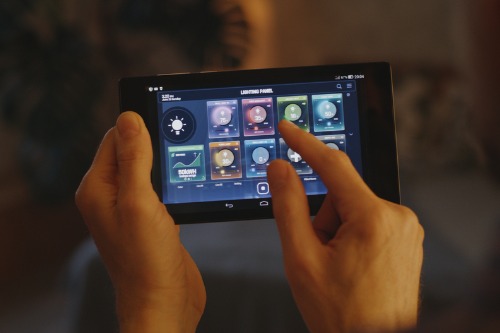
On paper, having one hub that controls lights, blinds, security, and appliances sounds convenient. In reality, these systems are often proprietary, expensive to maintain, and difficult to upgrade. When technology moves so fast, what felt cutting-edge five years ago may now be clunky and incompatible with newer devices. Buyers see them as a potential headache instead of a perk.
Most homeowners prefer using voice assistants or standalone smart devices they can swap out easily. Being locked into one brand or installer makes people nervous, especially if that company goes out of business. A buyer who walks in and sees an outdated control panel often just sees dollar signs for future replacement. What was once billed as luxury often feels like a burden.
2. Automated Closet Systems
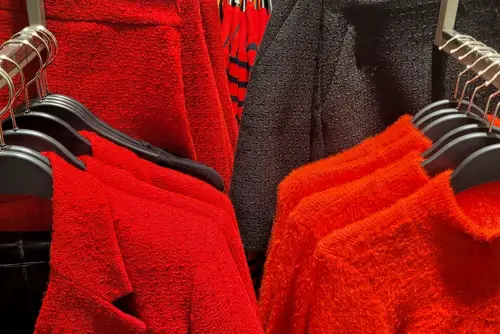
Motorized racks that rotate your clothes like a dry cleaner’s carousel sound extravagant. But most people find them unnecessary and difficult to repair if something breaks. The novelty wears off quickly, and all you’re left with is another motorized system that needs servicing. Buyers worry about being stuck with an expensive gadget they never asked for.
Closets are already deeply personal spaces, and homeowners want flexibility. A flashy closet automation system doesn’t add usable storage or organization that can’t be achieved with custom shelving. For many, it actually takes away from closet space. It ends up being a luxury that feels impractical.
3. Built-in Espresso Machines
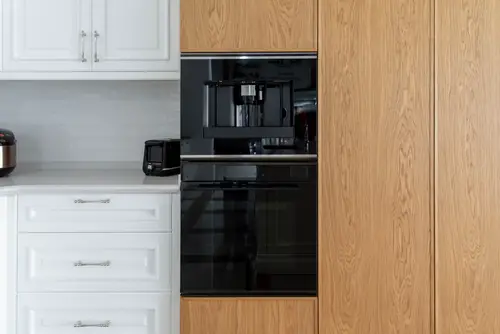
High-end kitchens sometimes feature a built-in espresso system tucked into the cabinetry. While they look impressive on a tour, buyers often cringe at the upkeep. They require regular descaling, servicing, and specialized cleaning — far more than a countertop machine. And if it breaks, repairs can run into the thousands.
Coffee lovers are picky about their brew methods, and a built-in system locks them into one style. Many buyers prefer the freedom to pick their own equipment, whether that’s a French press or a sleek new Nespresso. The idea of inheriting someone else’s coffee setup isn’t appealing. What was designed as a showpiece often ends up being seen as a liability.
4. High-Tech Bathtubs with Jets and Lights
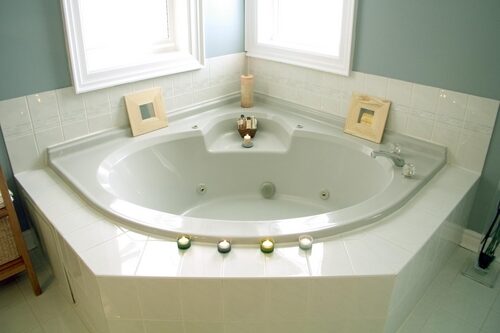
Chromotherapy tubs with jets, LED lighting, and Bluetooth speakers sound like the height of relaxation. But in practice, they take up a ton of space and require constant cleaning to avoid mold and bacteria buildup. Many homeowners admit they use them only a handful of times before abandoning them. Buyers tend to see them as more hassle than luxury.
Freestanding soaking tubs, by contrast, feel timeless and easy to maintain. The complicated tech-filled tubs often look dated within a decade. The idea of fixing a motor or replacing LED lighting in a bathtub is unappealing. A “spa-like bathroom” usually sells better when it’s simple and low-maintenance.
5. Heated Driveways
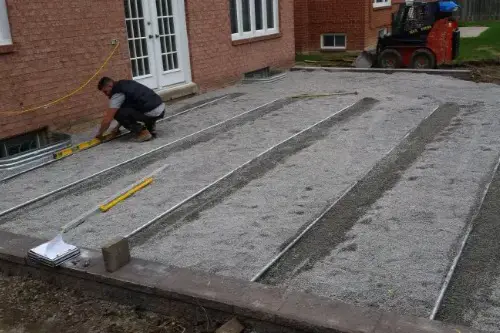
A heated driveway sounds wonderful if you live somewhere with heavy snow. But the reality is they’re extremely costly to install and can double or triple energy bills in the winter. They’re also expensive to repair if something goes wrong underground. Buyers often view them as an unnecessary extravagance.
Most people would rather invest in a reliable snowblower or hire a plow service. Heated driveways don’t necessarily add resale value because they appeal to such a narrow audience. Many buyers see them as wasteful, especially as energy costs rise. Luxury can quickly feel like liability.
6. Mirror TVs
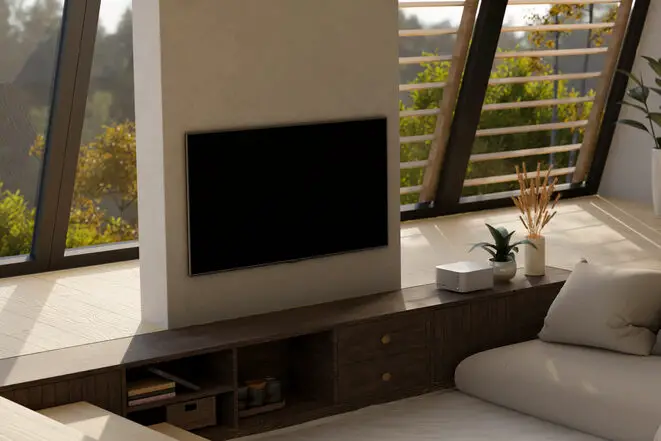
A mirror that transforms into a television looks glamorous in magazines. But in day-to-day life, the screen quality usually doesn’t match even a mid-range flat-screen TV. Reflection and lighting issues can make viewing frustrating. Buyers see them as an overpriced gimmick that doesn’t age well.
Most people would rather have a great mirror and a great TV — separately. With today’s thin and stylish TVs, wall-mounted screens don’t feel intrusive anymore. A clunky hybrid ends up pleasing no one. What once screamed luxury now reads as dated design.
7. Indoor Water Features
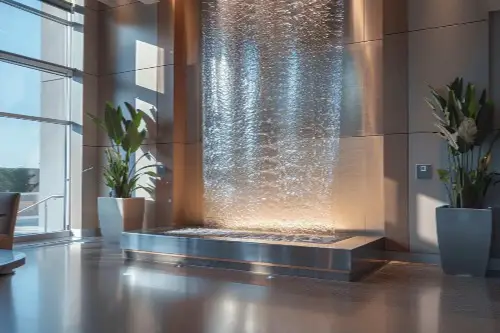
A built-in fountain or waterfall wall can create a “wow” factor when you walk in. But they’re notorious for being messy, noisy, and high-maintenance. Hard water deposits, algae, and mold can quickly turn them from serene to unsanitary. Buyers often see them as problems waiting to happen.
Most people prefer to bring in a sense of calm with natural light, plants, or outdoor water features. An indoor waterfall often feels more like a corporate lobby than a home. The upkeep costs rarely justify the aesthetic. It’s one of those additions that photographs well but lives poorly.
8. Wired Whole-House Audio Systems
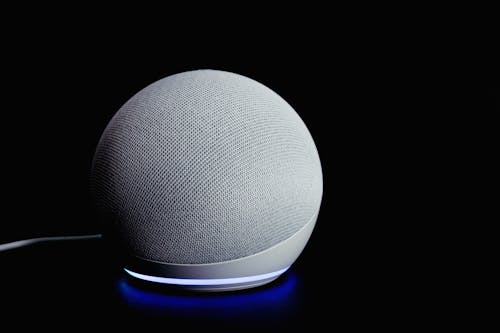
A decade ago, whole-home audio wiring was a major selling point. Today, wireless speakers and streaming systems like Sonos or Alexa have made it obsolete. Hardwired systems often look outdated and are difficult to upgrade without tearing into walls. Buyers know they’ll probably never use it.
Instead, they want flexibility — the ability to add or move speakers without hiring an installer. A fancy wall panel that controls outdated speakers feels more like clutter than convenience. Buyers don’t want to pay for yesterday’s tech. It’s a reminder of how quickly “cutting-edge” becomes irrelevant.
9. High-End Home Theaters
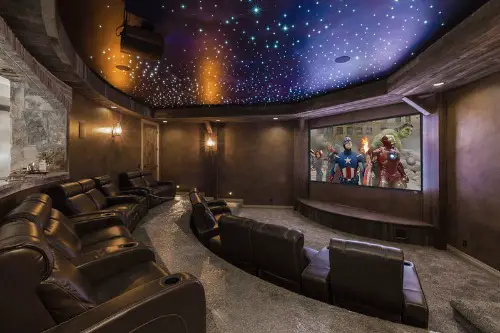
Dedicated theater rooms with stadium seating and built-in projectors still pop up in luxury homes. But buyers today often see them as wasted space. With huge flat screens and soundbars, you can get an amazing movie experience in any living room. A theater room locks you into a single use.
Many families would rather have a flexible basement rec room or office. Theaters also date quickly, with décor and tech that scream early 2000s. Buyers imagine the cost of tearing it out instead of enjoying it. What once was the ultimate flex now feels out of step with modern living.
10. Touchscreen Control Panels
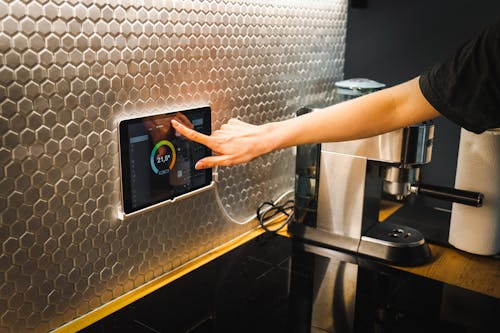
Wall-mounted touchscreens for lights, climate, and music once felt futuristic. But now, buyers realize they’ll probably stop working long before the rest of the house ages. They’re clunky compared to the phone everyone already carries in their pocket. And when they break, replacement costs are sky-high.
Most people want systems that are intuitive and easy to update. A dated wall panel is the opposite — it’s fixed in place and tied to specific software. Buyers don’t see it as an upgrade anymore. They see it as a relic of an earlier smart home era.
11. Indoor Pizza Ovens

A built-in indoor pizza oven can look like the ultimate foodie flex. But they’re bulky, expensive, and impractical for everyday use. Ventilation is tricky, and cleaning them is a chore. Buyers often wonder if they’d ever actually use it more than once or twice a year.
Portable outdoor pizza ovens are inexpensive and wildly popular now. They give you the same artisanal pizza experience without taking up valuable kitchen real estate. An indoor version just feels over-engineered. Most buyers see it as wasted space rather than an asset.
12. Advanced Toilet Systems
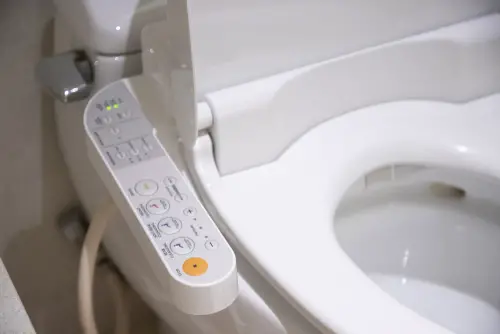
High-tech toilets with heated seats, automatic lids, built-in bidets, and even ambient lighting get a lot of buzz. But many buyers see them as over-the-top and overly complicated. When they break, repairs are costly, and replacement parts aren’t always easy to find. They can also feel overly personal — not everyone wants to inherit someone else’s bathroom tech.
Simple, modern fixtures tend to appeal to more people in resale. A complicated luxury toilet can actually turn buyers off. Many are happy with a reliable, stylish option that doesn’t need an instruction manual. What’s marketed as indulgence often just feels excessive.
This post 12 “Luxury” Tech Additions That Buyers Don’t Want was first published on Greenhouse Black.
